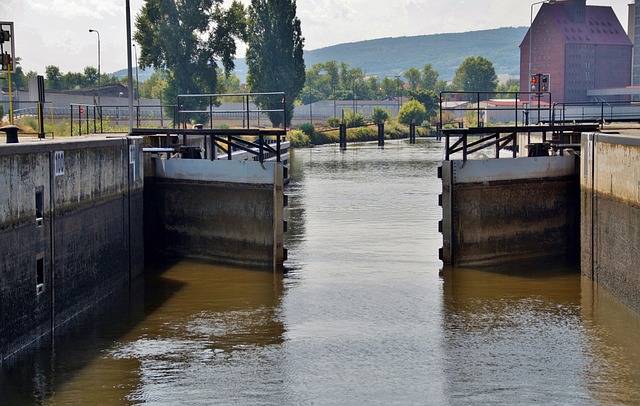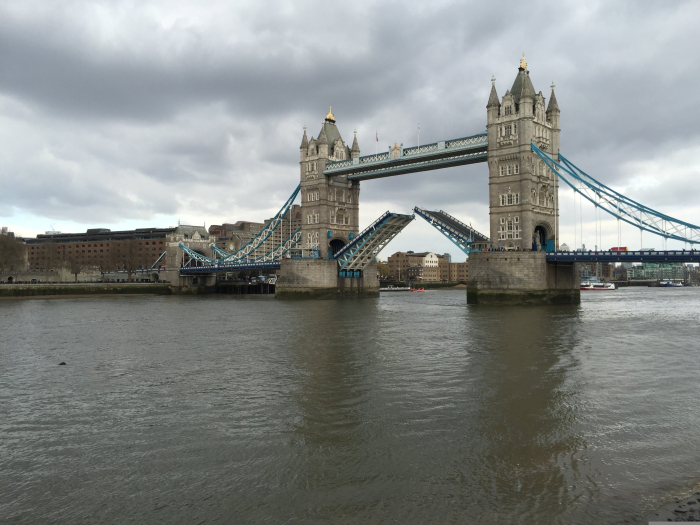Impounding systems
In some dock systems, the variability of the tide necessitates the dock water level to be maintained at a constant level irrespective of tide level. This is done by impounding water to replace any water lost through locking operations, facilitating vessel access and egress into the dock system. The volumes of water that are required to be pumped can be significant (i.e. >20m3/s) and, without full asset availability, can restrict vessel movements, which themselves are already limited by the tidal cycle.
Sluicing systems
Conversely to impounding systems, there may also be a need to discharge water to maintain or reduce water levels. This might be in canal systems where feeder water courses (rivers, streams, storm drains etc) contribute to the fluvial nature of the system, or in locks where water needs to be sluiced out to drop the water level relative to that of the external water body.
Bulk handling systems- conveyors, vacuum/blow conveyance
Once the vessels have made it into the dock system and are safely moored up on the berth, not all cargo can be offloaded and handled by craneage alone. In some cases, loose bulk product (e.g. grain, aggregates, biomass etc.) may be offloaded by screw conveyor, vacuum, blowing systems or grab bucket before being transferred a significant distance via conveyance systems that forward the material to bulk storage areas. Not only is asset availability important but the safety of such systems and bulk handling and storage areas needs to be considered from a machinery and process safety perspective.
With all of the above, equipment utilisation is often very high, which can impact the ability to adequately undertake Planned Preventative Maintenance or inspection activities, whilst the inconvenience of breakdowns and reduced availability can have detrimental impact on the port logistics. A balanced approach is therefore required to enable delivery of the required levels of asset reliability and availability.






